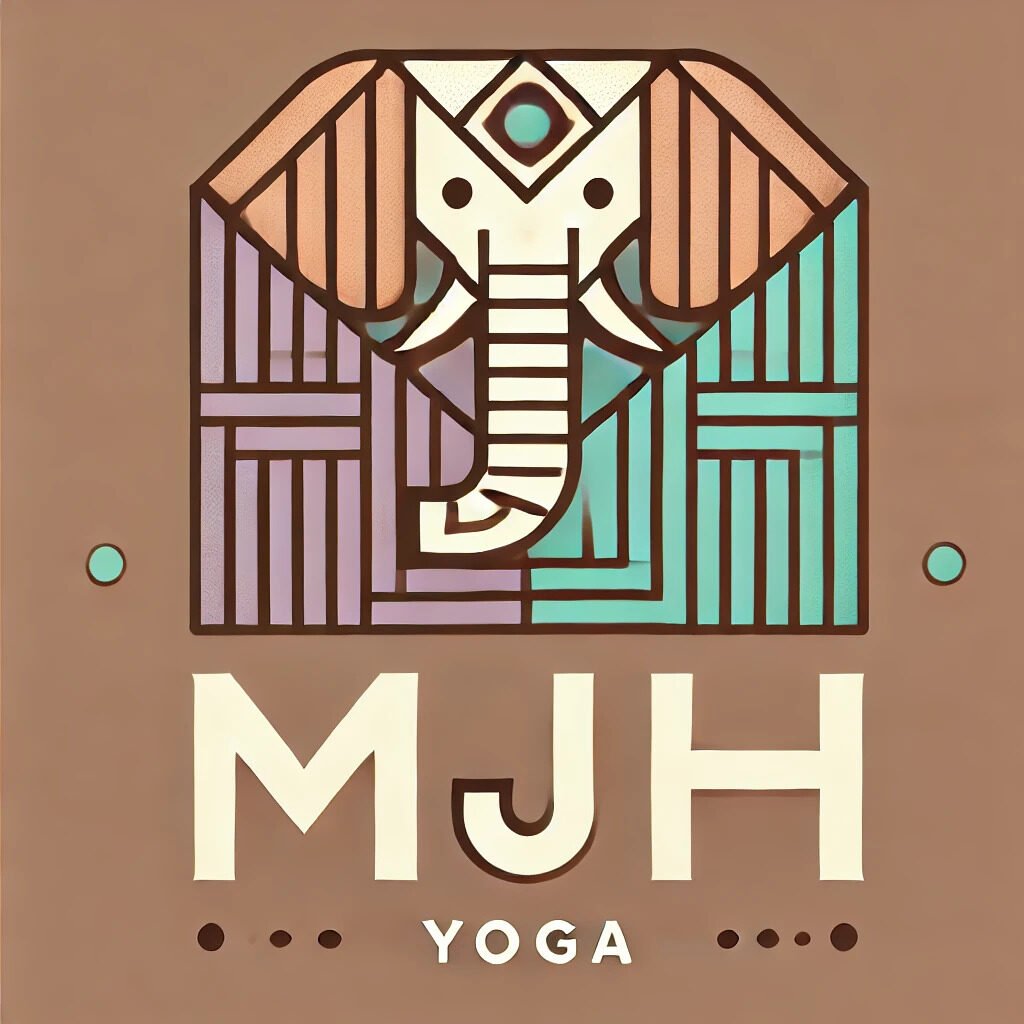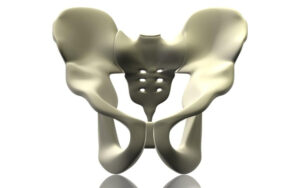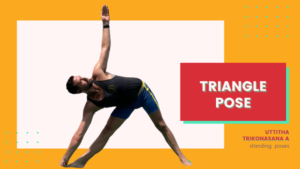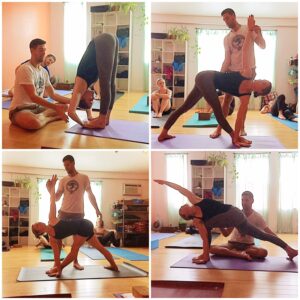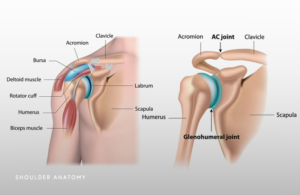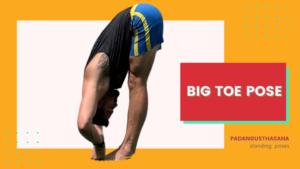Unlocking Mobility: Mastering Hip Joint Internal Rotation for Enhanced Ashtanga Practice
Discover the transformative power of hip joint internal rotation in your Ashtanga yoga practice! Often overlooked, this vital movement can significantly enhance your strength, flexibility, and alignment across various postures—from deep squats to seated poses like Padmasana. In this insightful blog post, we explore the importance of mastering hip joint internal rotation, how to assess your current mobility, and targeted practices that will unlock new levels of openness in your body. Join me on a journey to elevate your yoga practice by embracing this fundamental aspect of mobility!
